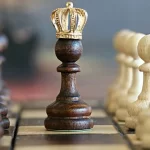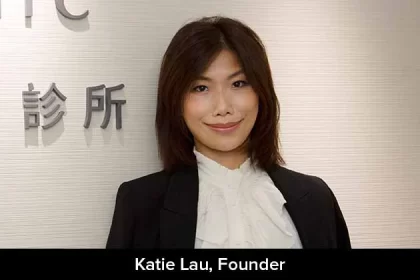Enterprise software is customizable and can be used for a range of operations, including supply chain management, invoicing, marketing, etc. It can be hard to grasp all the new trends and jargon unless you stay up to date with technical developments. Partnering with a software development company can help businesses stay ahead of these trends and implement tailored solutions that meet their specific needs in this fast-paced industry.
The enterprise application software, known as EAS, is one such new term and concept. You may have heard this phrase mention software creation in conversation or forums, but the name alone isn’t enough to describe what it is and what it does. Nor is it clear how this differs from other types of software that you might be more familiar with in terms of development. Generally, EAS is established on a broad scale to try to solve problems facing a whole organization. It is a form of software that allows for specific user roles, specifying actions that can and cannot be carried out by particular users.
This may mean a salesperson can monitor customer details and sales leads in one business, management can track success and sales targets, and customer support staff can track and resolve customer problems. And they all will use the same EAS platform to do all that. In this sense, this software is not intended to support sole traders or small companies, but rather to change the way large organizations work. EAS is more appropriate for companies where many separate teams, with various responsibilities, activities, and functions, all work together for the same goal.
Capabilities of Enterprise Software
And what is it that business software can’t do the ordinary software for companies? The most obvious example is those vast quantities of complex data can be viewed, manipulated, and processed. It will then aid and automate the processes by which this data is being used. The software can be flexible and is generally vital to the organization’s goals. There is also the opportunity to interface with any other applications which the organization can use in other areas. Enterprise software also typically includes a suite of computer programs, tools, and applications. Enterprise software is commonly used in a variety of main areas of industry, including order processing, scheduling, information management, procurement, energy management, and accounting.
How’s that different from Normal Software?
The software used by companies is classified into two groups. The first is system software that powers the devices and computers that are commonly used. The second is application software, which we use to build documents, spreadsheets, graphics, and various other business resources daily.
Application software is used for only one particular purpose, says a word processor such as Microsoft Word, which is not considered to be software at the enterprise level. Most businesses can rely on a variety of these single-use applications to perform their work. But they are not interconnected and not crucial for business. On the other hand, enterprise software operates through several departments and assists the company in various areas. It is typically customized to each particular company, allowing them to choose the most useful and appropriate software aspects.
Typically, EAS is also owned outright, meaning owners have full responsibility for it, and other users don’t drain it. This also helps them to customize more quickly, making the required adjustments with in-house developers or external support. It is usually stored on physical servers and is dependent on successful use on the Internet.
Enterprise software can also come along with cloud storage, so you don’t need massive computing power to hold all the information you need. That’s advantageous because it means you don’t need to invest in server assembly and maintenance. ERP implementation budgets surpass about 65 % of the time, as the program requires changes to improve usability. But businesses only know this after the implementation has started.










